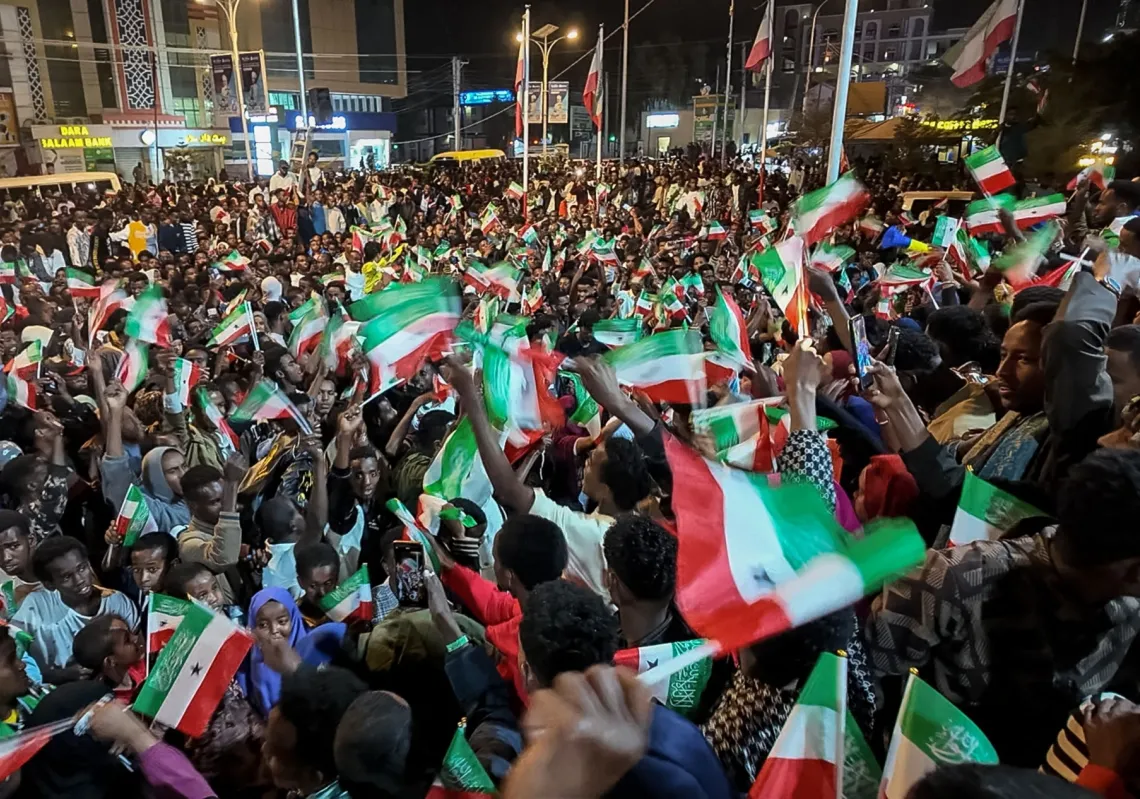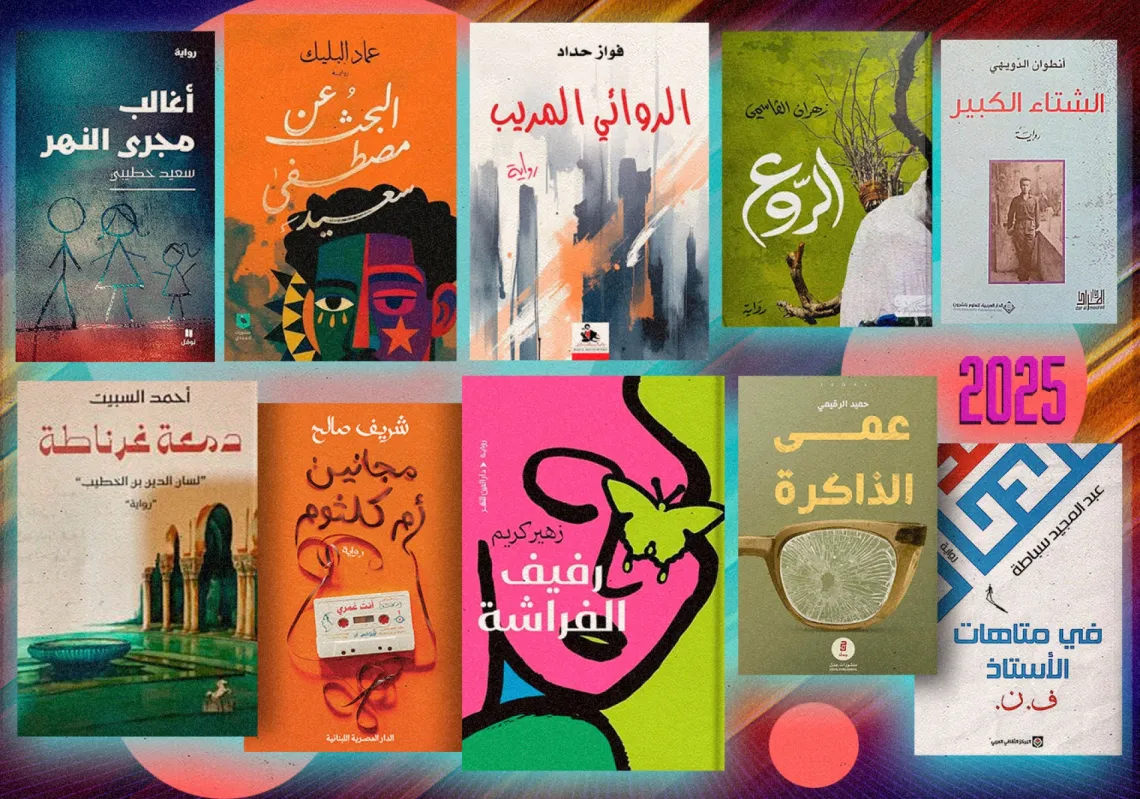Beyond the simple meaning of a place of residence, “home” is often synonymous with all the nostalgic feelings that carry us to the beginnings whether these were childhood moments, family gatherings, all cozy settings that embraced our best memories, or a homeland that we moved from in pursuit of a better future.
This longing can be integral to an expat’s life, but a simple representation of their homeland would just be as heartwarming and blissful as it would be nostalgic.
That’s one result achieved by almost every piece of art created by Dawlat Khaleel, a young Syrian woman based in Homs.
From her art studio, Dawlat produces unique and customized clothing designs with a signature drawing or Arabic calligraphy that travel across the world.

Dawlat was born in Homs, Syria, and spent her childhood between Homs and Damascus. She studied economics and was specialized in finance and banking, and pursued an additional degree in English literature.
“I loved drawing and fashion since my childhood, and my family was supportive at that young age, but their priority was finishing my academic education so I had to focus on my studies, and take arts as my hobby,” Dawlat told Majalla.
Although it was not related to art, she decided to use her economics education in starting her business as it helped her with conducting the feasibility study required.
“Now I’m studying fashion design online,” she noted. “Self-education was my means to refine my artistic skills. I also had to do a lot of training and experimenting, in addition to continuous research for the best materials and techniques used.”
SIGNATURE CALLIGRAPHY STYLE
At the bottom of a shining cashmere-colored dress, Dawlat aesthetically wrote an Arabic line from the Palestinian Mahmoud Darwish’s poetry: “We love life if we find a way to it. And we steal from the silkworm a thread to build a sky and fence in this departure.”

Dawlat believes that painting and calligraphy are related, because in calligraphy Arabic letters are drawn according to specific rules.
“I am not a calligrapher. I love Arabic calligraphy and the handwriting of Arabic letters. I revere it because it is a hallmark of our Arab identity and I try to use Arabic script in my paintings to serve my idea and designs,” she clarified.
“I love the Diwani style specifically, because it is vivid and smooth. Its circles and curves allow me to write freely, that’s why I chose it in most of my designs.”
She told us about some training she received from the international Syrian calligrapher Adnan Sheikh Othman, saying “It was a brief period of time, but I had an important and rich experience with the renowned international calligrapher and learned calligraphy in a different and beautiful way.”
When choosing lines from Darwish, Mustafa Sadeq al-Rafi, Nizar Qabbani, the Rahbani brothers, and many more to draw on her designs, Dawlat is resorting to a trove of Arabic prose, poetry and songs.
“The process of designing any piece starts with thinking of its color, cut, and the position, size and colors of the painting. The final stage is when I choose the saying, which represents me and the spirit of my work,” Dawlat explained.
She revealed, “Choosing the sentence is the most difficult for me. I prefer it to be deep and subtle, gently addressing the hearts of those who read it and I often go for the words closest to my heart while creating the piece.”
One of her project’s objectives is the emotional profit of drawing a smile on the faces of whoever sees my work.
“I firmly believe that art can relieve the world’s hard times, especially in times of wars and crises. ‘Art can comfort people who suffer,’ so I take my time to choose the most appropriate sayings.”

Minimalist Fashion Designing
Fashion designing came later in her business and was subsequent to painting on clothing, when she opted for simple designs.
“I am keen on creating simple designs which can accommodate my painting, in order to produce a unique product that lasts for the longest possible time. I try to avoid ultra-fashionable cuts and usually go for the minimalist designs. I am always keen on making room for Arabic calligraphy on my product, so it should be sort of simple and elegant to suit the Arabic script and the depth of the sentence written,” Dawlat said.
However, she confirmed her commitment to following every year’s fashion trends, while adding the oriental touch to the designs.
“I study the world’s fashion trends of each season, and select those which are appropriate for our eastern culture and environment. Then, I can begin with the design.”
She added, “But in drawing, I am more daring to leave my obvious signature, and create a design that represents me and my ideas. Many in my audience can recognize my work whenever they see someone wearing an item I designed.”
Having a growing base of customers who enjoy a high taste of art and are interested in Arabic language and literature as well as everything that is unique, Dawlat hinted that most of them know the value of handmade products, so she finds dealing with them easy and exciting.
“People of different ages and intellectual categories have started to join my customers, even those who were not interested in Arabic calligraphy, as they grew attracted to the design, colors and ideas,” she noted.
Inspiration in the Old City Walk
Explaining why many expats love to own her products, she answered, “Because it is made in Syria and carries Syrian identity. They can find their beloved hometown signature on the work. Sometimes I draw old houses and windows of my homeland’s alleys. Sometimes I draw Syrian jasmine and wheat.”
“Old Homs” is one of Dawlat’s recent artistic works. It is a light grey baize vest adorned with a painting of an aged building with a number of traditional windows on its side, above which an Arabic line of Nizar Qabbani’s poetry is scripted in Persian style: “I love you and I don’t know the boundaries of my Love.”

“When I draw old houses, I am drawing my homeland, Syria, which I love so much. Old houses form the alleys and roads, and these alleys form my town, this town is my homeland,” Dawlat said passionately.
“Before starting work on any design, I wander throughout old Homs, where I contemplate every road, every door, every stone and detail. I return back to my studio with positive vibes to start drawing.”
Talking about Syrian heritage costumes, Dawlat indicated that “they are usually modest with ornaments and embroidery reflecting plants, animals, geometrical, and other patterns, which come in bright colors as rich as the rural environment. Syrian costumes also vary from region to another.”
Her designs are not limited to women’s fashion. She created a few designs for men. “There is demand for men’s products, and I intend to expand my product range, but now expansion is not available due to some difficulties,” she noted.
While focusing her marketing strategy only on online platforms because most of her clients reside abroad, Dawlat still has a lot of ideas, but due to her country’s current circumstances and limited financial resources, she said she can only implement 5% of her designs.
“I still hope for a better future and opportunities,” Dawlat concluded.










